Some of the student projects were pretty interesting, and I plan to put some of them up on the course website eventually. After that I'll weave the website content into the Argumentative Archaeologist site. It might be a while before any of that gets done (don't expect anything before the holidays are over).
In the meantime, I wanted to post a link to a short video that two of the students produced of their interview of Jim Vieira. I wrote a bit about Vieira's visit here. The students have possession of a lot more footage of Vieira in class, as well as he and discussing such compelling issues as "double rows of teeth." The students have told me that they'll still be working with that footage, and I hope that it happens (both are taking my field school, so I will be able to ask them about it weekly).
Here is the video they submitted as part of their final project:
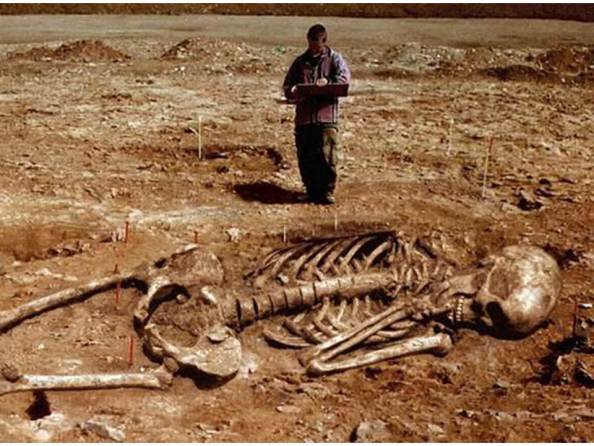
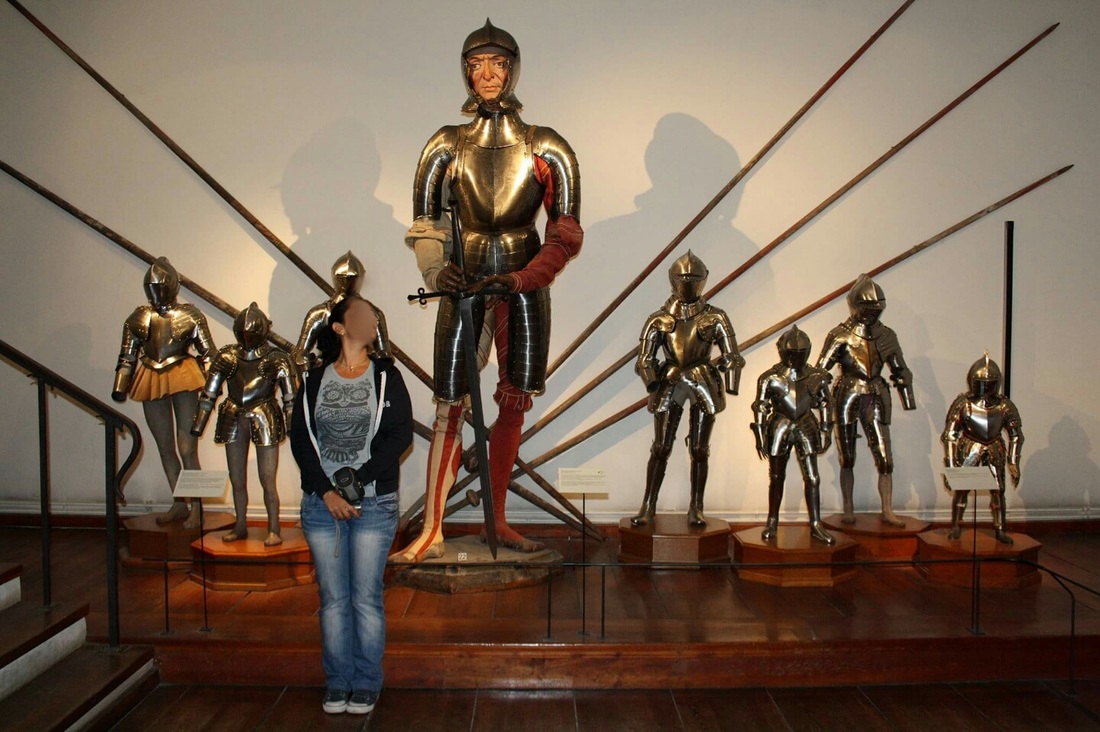
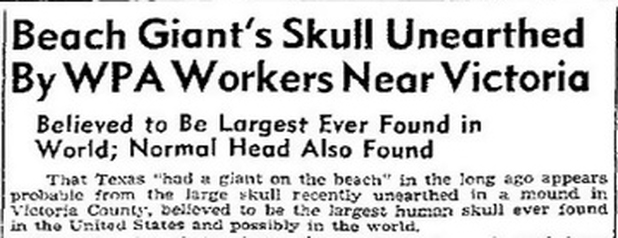
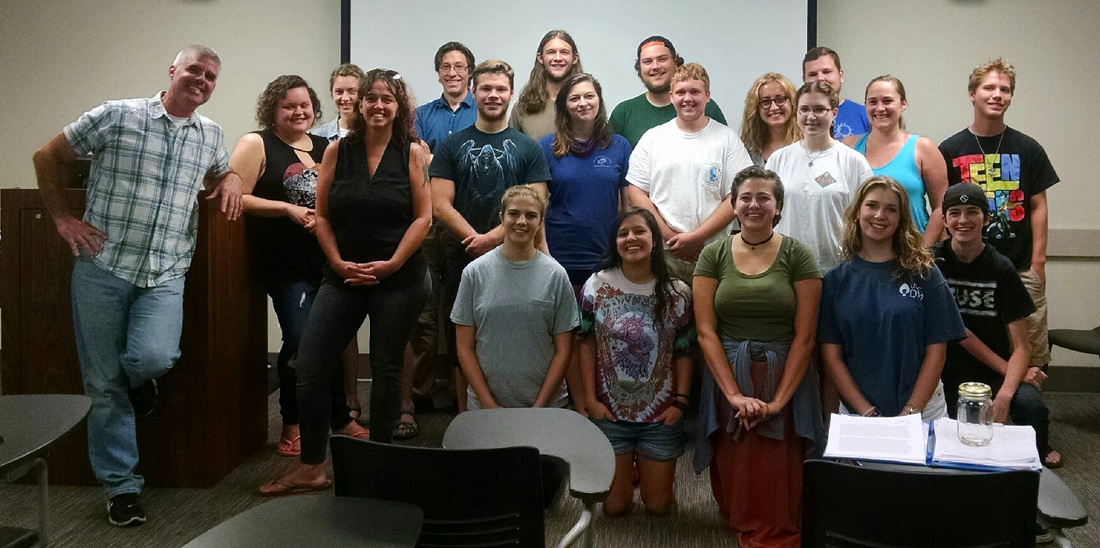
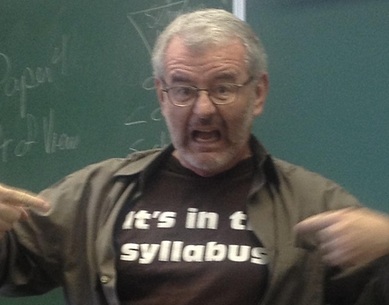
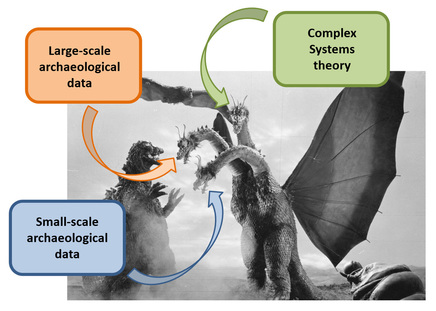

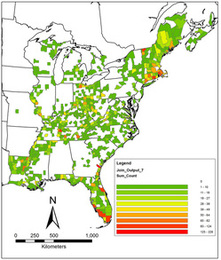
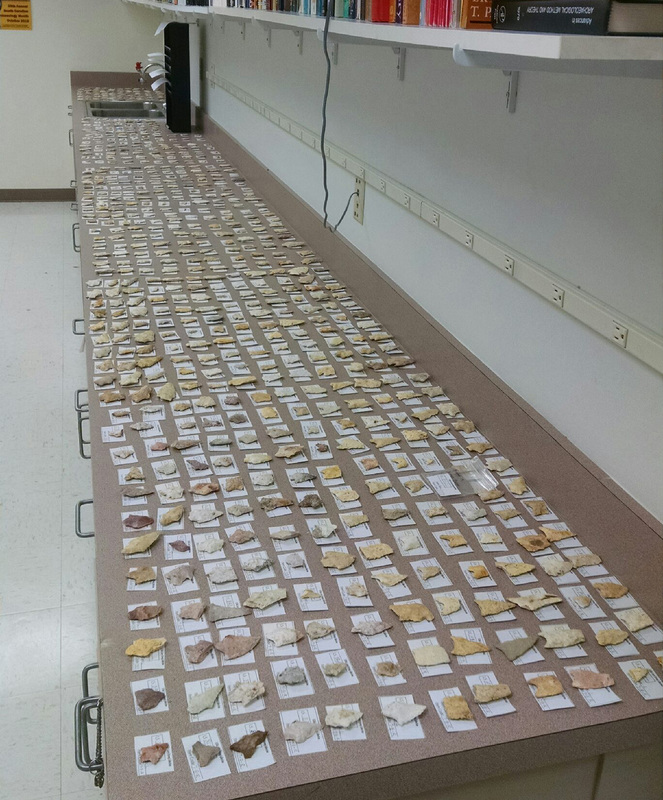

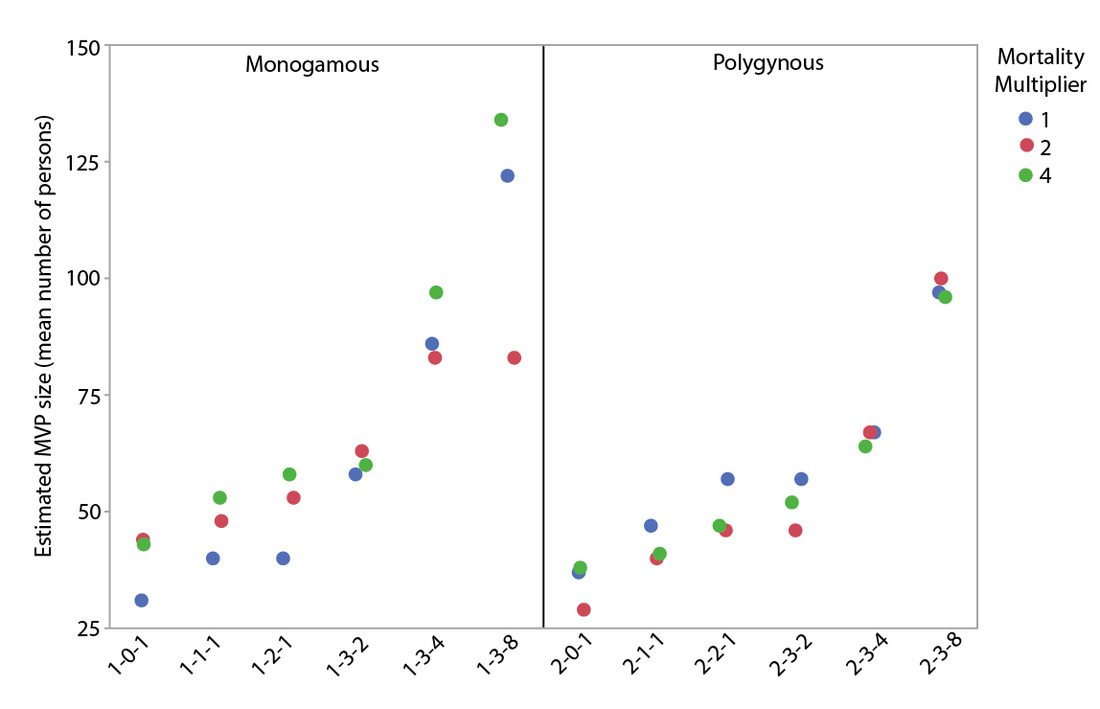

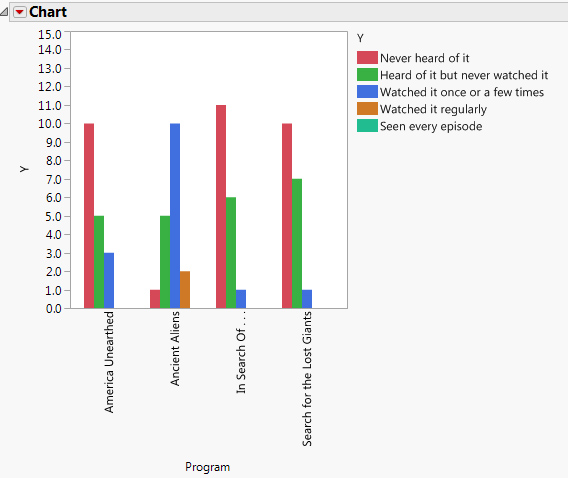
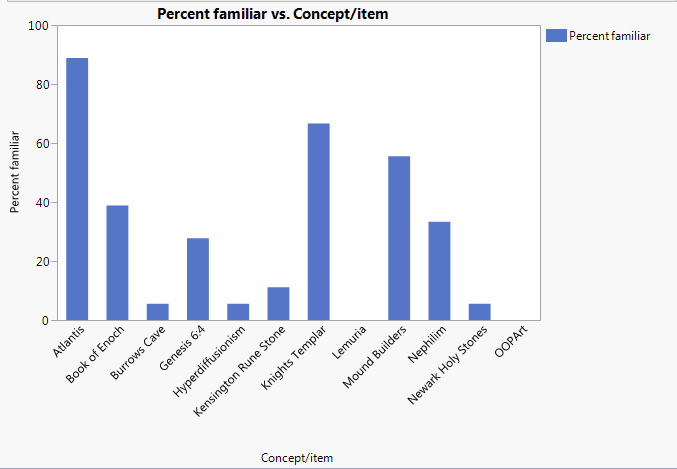
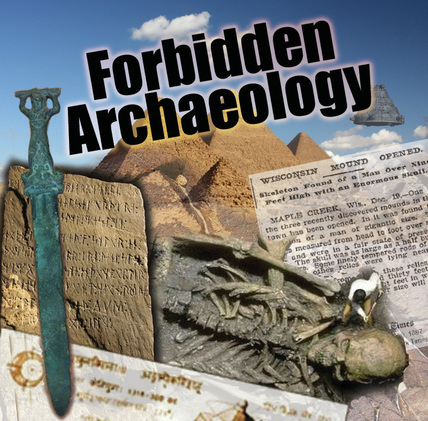


 RSS Feed
RSS Feed
